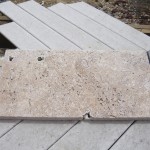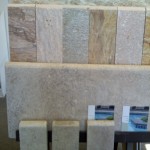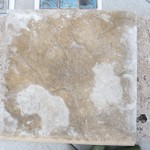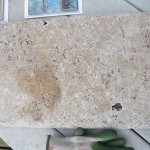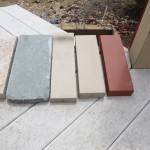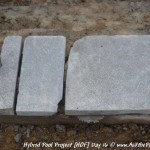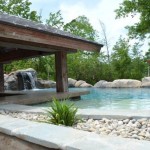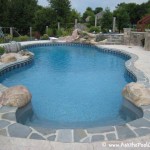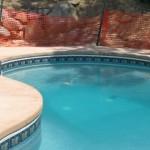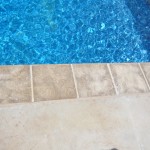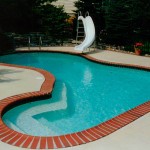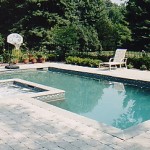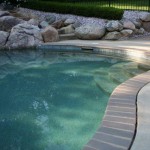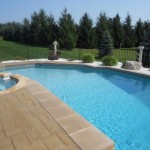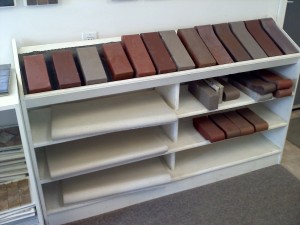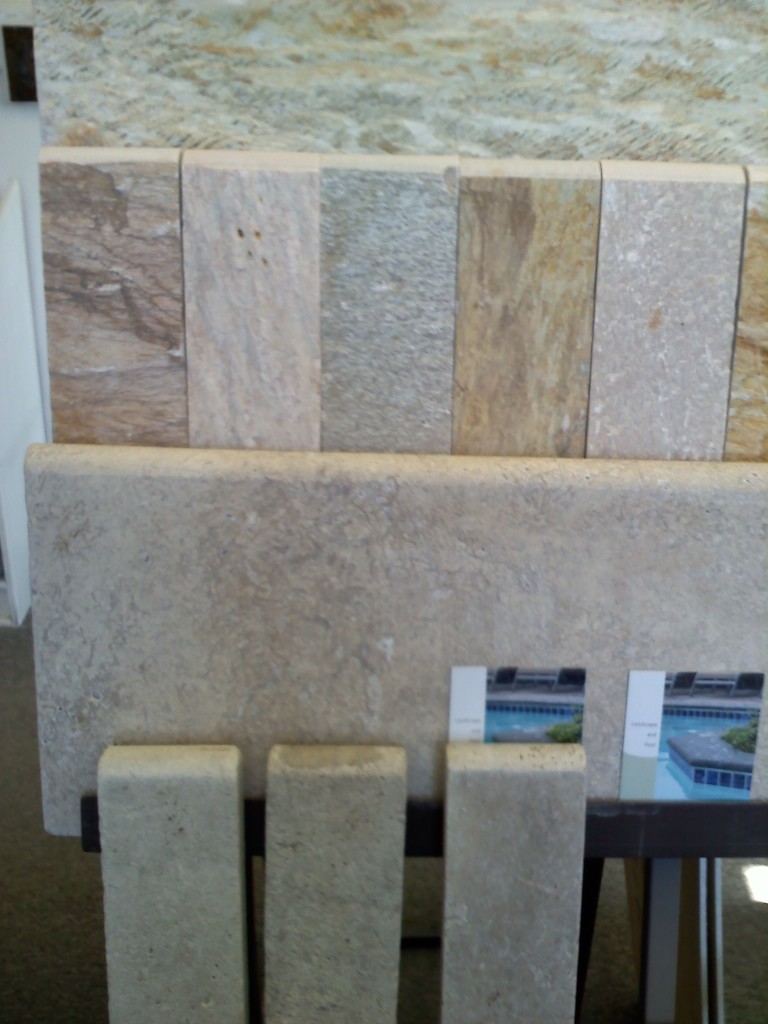Pool tile and coping will wear, chip, or discolor over time. Even if that doesn’t happen, you may still want to remodel or redesign the look of your backyard space. Tile and coping renovation can transform the look of your pool and backyard space.
What is coping? the definition of coping is the cap on the edge of a swimming pool or spa, which is mounted on the bond beam. If you want to renovate or replace your pool’s coping it is best to doit at the same time as the tile since the removal of the coping stones could cause the file to fall off.
Functions of Swimming Pool Tile
It’s true that swimming pool tile looks nice but it also has a functional purpose. It disguises the scum line (aka bathtub ring) that would otherwise be visible on the surface of the pool due to the fluctuating water line. Water lines in swimming pools are constantly fluctuating due to evaporation, bather loads, and rain. Some homeowners wonder if removing the tile line altogether would be preferential. Tile is really the best option for the top edge of the pool as it hides many of the issues which are inherent with gunite. If you were to remove the tile line the gunite or marcite may develop cracking and chipping at the frost line and leave an unsightly water ring around the pool. In new construction there are methods of building where the interior pool finish is rolled right over the edge of the pool so in this case there would be no need for tile.
Swimming pool tile can shift and fall off in a pool even if it is installed properly. That is the nature of having elements outside. This is especially common in freeze/thaw climates. The surface of your pool should last 10-30 years: that includes marcite, pebble, or alternatives. Over time the water chemistry will affect the surface and can cause etching or pitting. This is what causes the lines to show up in your pool. The water pulls minerals out of the surface of the pool which causes erosion.
Take a look at these different coping styles for swimming pools:
Vinyl Liner Swimming Pool Coping
Coping on a vinyl liner pool has also come a long way. Aluminum bull nose coping was the industry norm for a number of years, and included the “coping” as well as the liner track. Current choices can include using more materials as the coping including one of the Pool Guy’s favorites, tumbled bluestone. Cantilever patio decks where the concrete comes over the top edge of the pool are also fairly popular, and in that case the liner track would be installed at the top of the steel pool wall for the liner to connect into.

